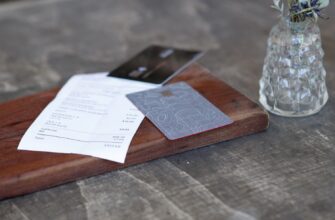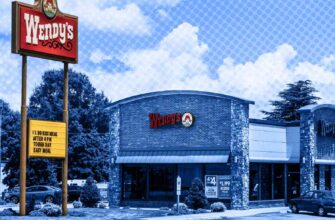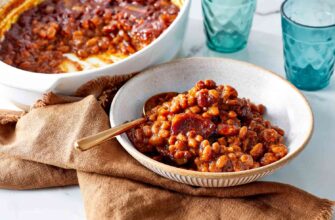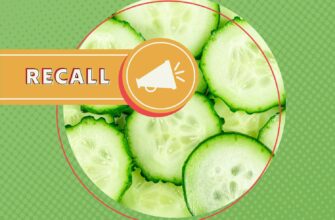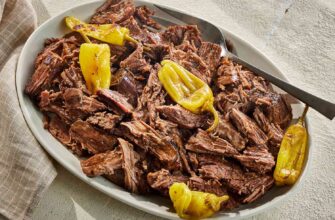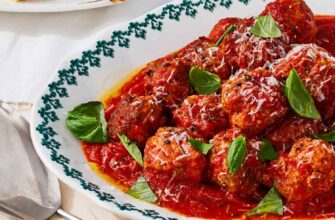Close
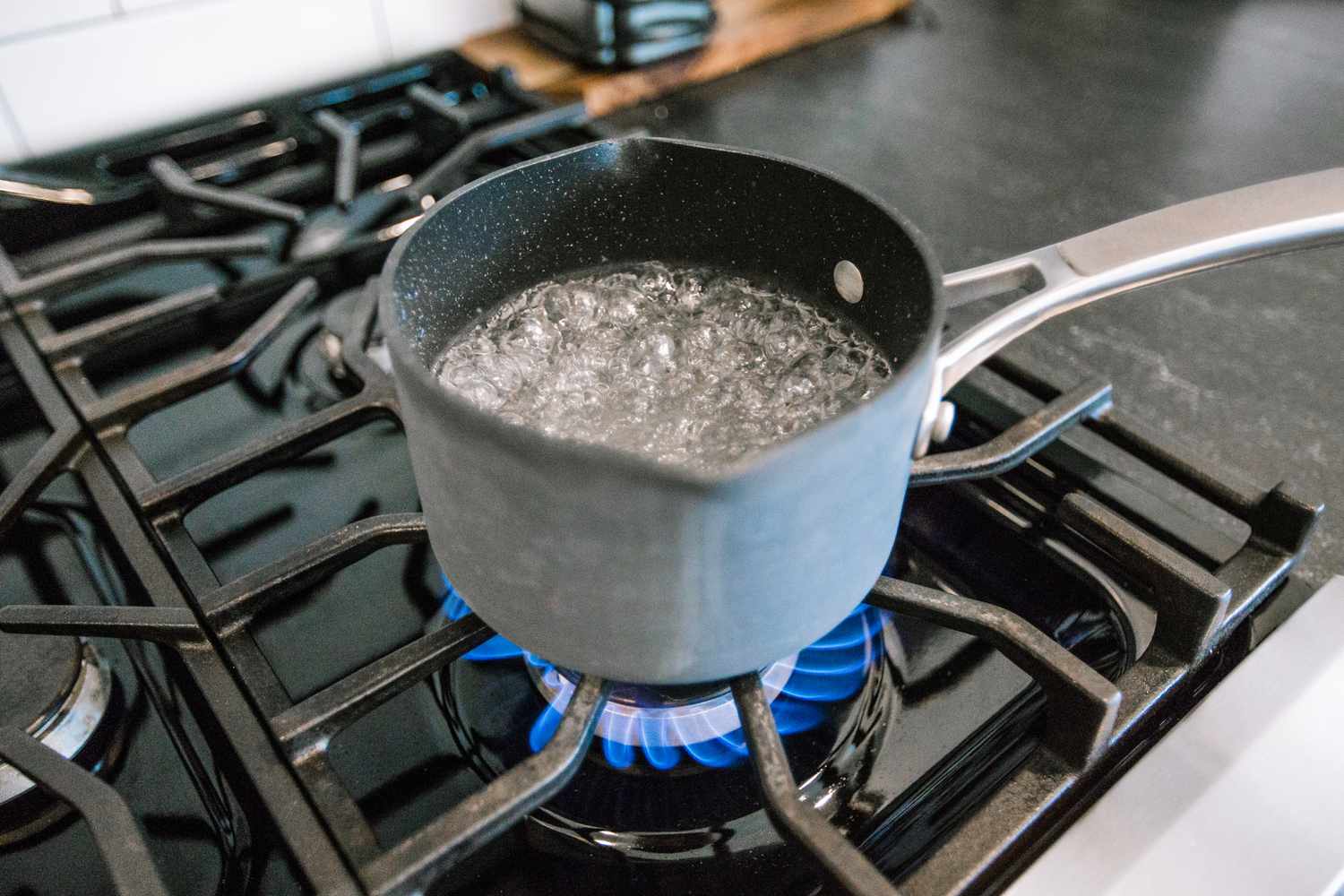

Credit:
Getty: Jena Ardell
While it might be one of the first—and simplest—tasks you learn in the kitchen, boiling water is actually a nuanced and complex process. As M.F.K. Fisher notes in How to Cook a Wolf, a home cook’s knowledge starts with an understanding the chemical reactions that occur when tap water of any kind is brought to a vigorous boil. If you can boil water, she opines, you can do just about anything—even the most complicated techniques like braising or whipping up a flavorful consomée.
But no amount of science changes the fact that I want my water to boil fast—whether I’m in a rush or not. While there are more tips and tricks than you might expect, only one is truly worth its salt.
The Best Way to Boil Water Quickly
It’s as simple as this: Put a lid on it. This creates a convective environment that uses the natural process of evaporation, which occurs as water comes to a boil, to speed up the process. It works because it essentially helps the water heat up from above as well as from the direct heat source below.
If you’ve misplaced the matching lid (as is admittedly often the case for me), you can improvise! As long as the material is heat-safe and easy to handle, any sort of cover speeds up the process. For instance, cover the pot of water with a baking sheet, an overturned frying pan, or even a lid for a larger pot (it’s OK if it hangs over a little). Just be sure to always use an oven mitt or a towel to remove the lid, and watch out for hot droplets of water that naturally collect on the underside surface.
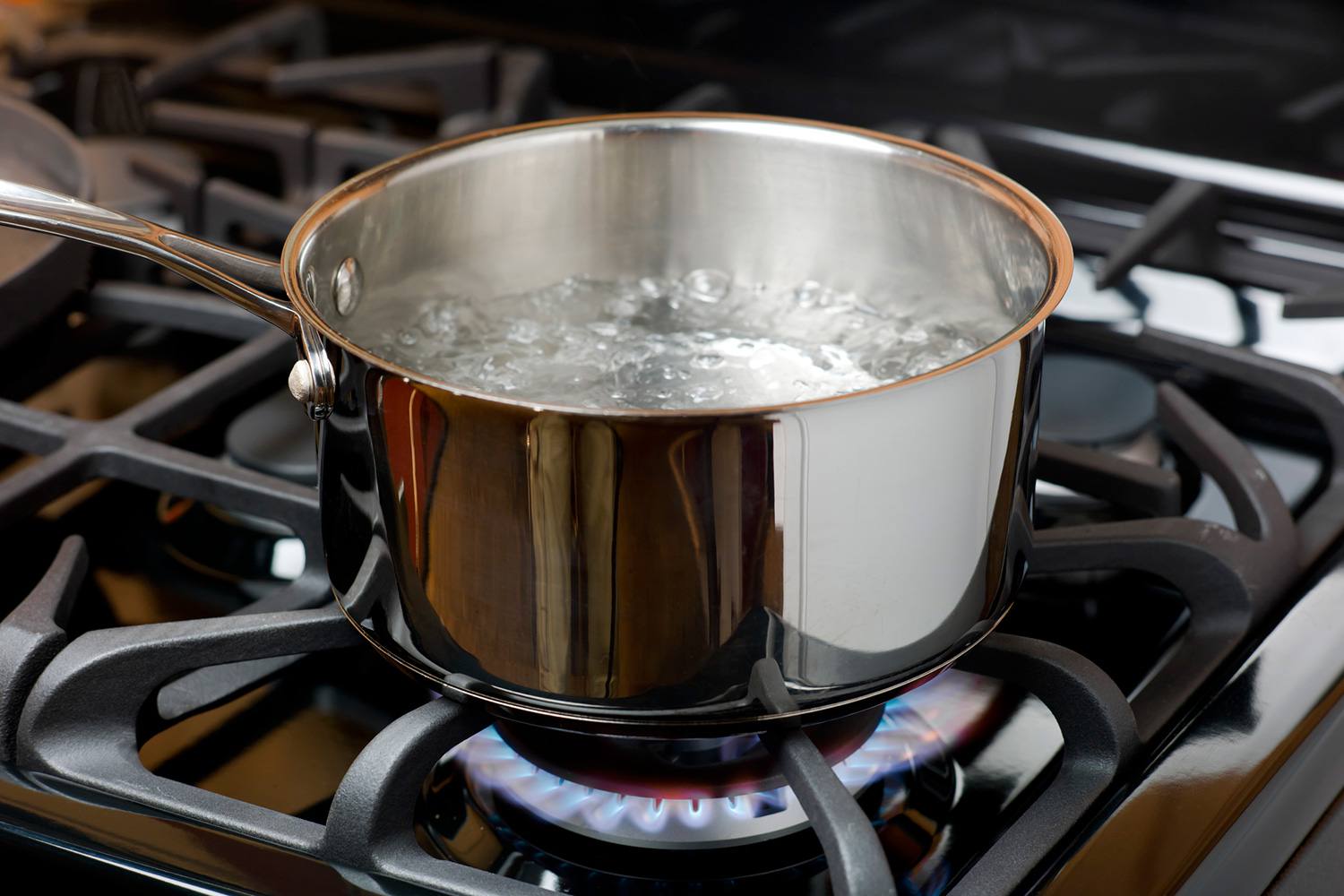

RyersonClark / Getty Images
More Tips for Boiling Water Quickly
- Choose a pot wisely. The bigger the pot, the longer the water will take to come to a boil—that’s because the material of the pot has to heat up, too! Choose a pot or pan that accommodates the size of the item you plan to boil. Save the stockpots for, well, stock, and reach for a smaller pot or pan for things like oatmeal and poached eggs.
- Only use as much water as you need. If you’re blanching something small or compact, there’s no reason to fill up a huge pot all the way to the brim. In fact, it’s unsafe to fill up a pot with too much water anyway—you wouldn’t want a big pot of boiling water to overturn! As a rule of thumb, you do not want to fill up water any more than two-thirds of the way full.
Related
This Is What A Rolling Boil Looks Like
How to Quickly Boil Water
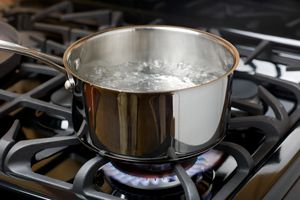

Can I Start With Warm or Hot Water?
Technically, yes, you can speed up the process by transferring hot water from an electric kettle or even using warm water from the sink to get their pot of water boiling faster, but many foodies and chefs recommend starting with cold water for two reasons:
- First, using hot or warm water from the tap can include more minerals and deposits that slough off from pipes. While not harmful, they can potentially affect the taste of the food you're preparing.
- Second, starting with cold water allows the temperature of the water—and the pot—to increase gradually and evenly, which eliminates the possibility of hot spots and cold spots in your cooking. At the end of the day, no matter how hot the water is that you pour into your pot, it’ll need some time to come back up to a boil.
Explore more:
Was this page helpful?
Thanks for your feedback!
Tell us why!
Other
Submit


